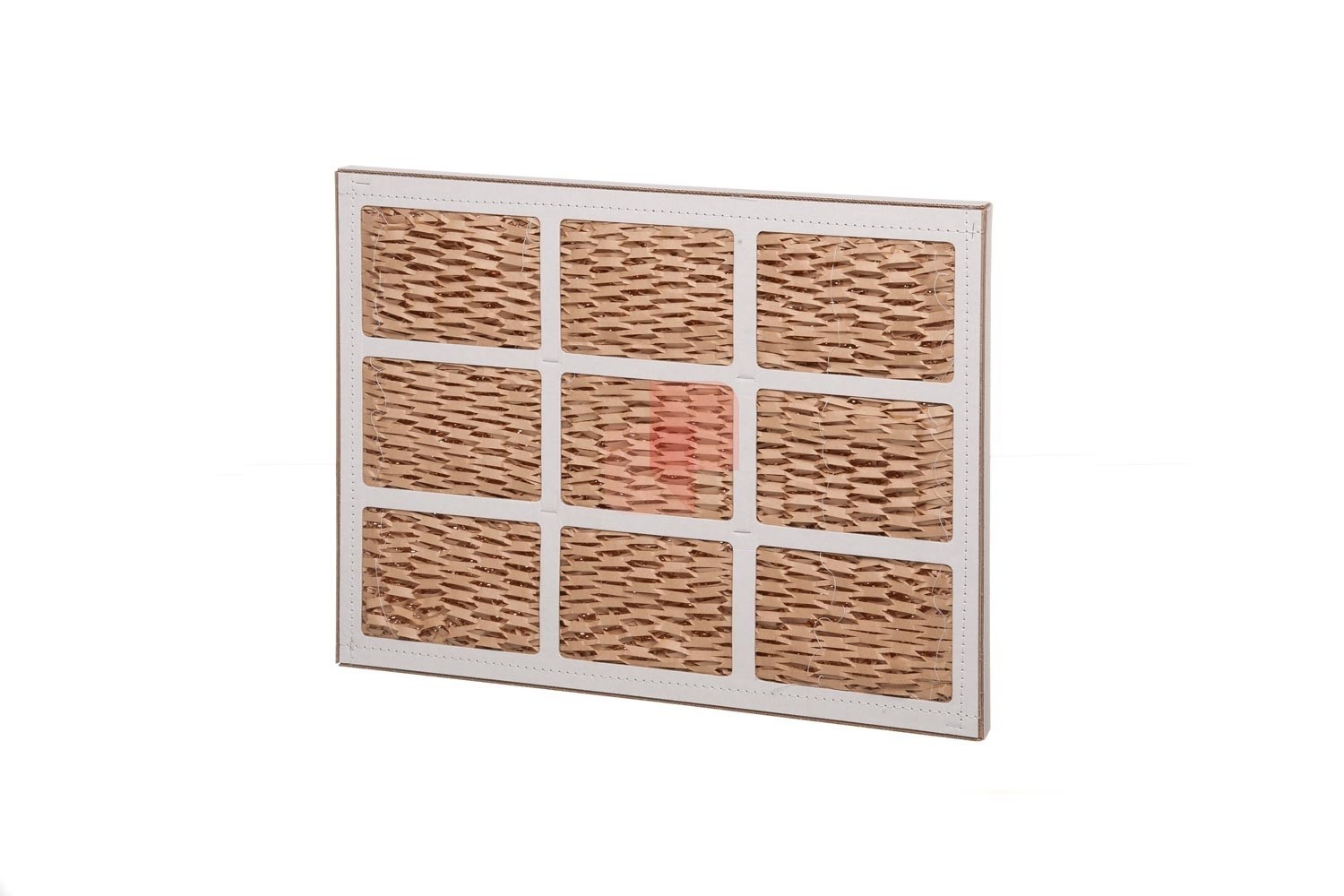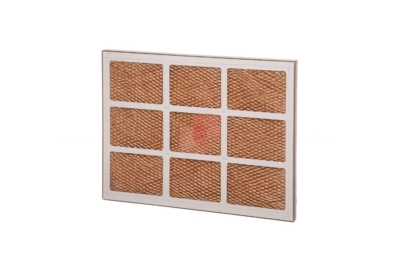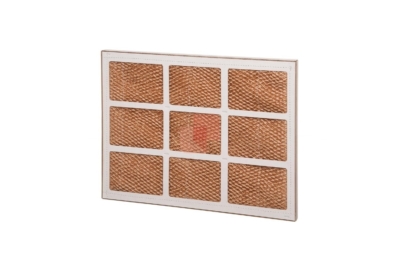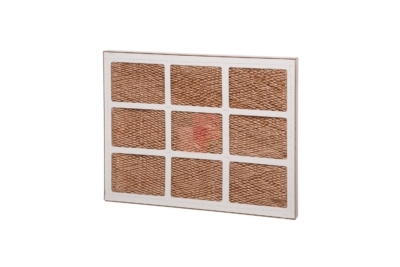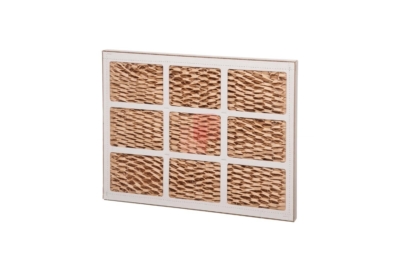Cardboard Framed Panel Filter with Columbus® HC2M Collector
Columbus Industries baffle-type High Capacity Multilayer Collector provides excellent efficiency and very high holding capacity.
It utilizes layers of kraft media, each slit and expanded into a mesh with baffle-like surfaces, with three final mini-mesh layers.
The cardboard frame gives the Columbus HCS1 filter a great ease of installation and makes it ideal as a better alternative to cells with a cardboard and fibreglass frame.
The Cardboard Framed Panel Filters with Columbus® HCS1 Collector are available in custom frontal sizes with a thickness of 24 mm or 48 mm.
Technical Features
- Code IT
- TC HC2M-SPECIAL-1
- Code US
- Label Color
- Blue
- Efficiency
- 92 - 98 %
- Holding Capacity
- 9 kg/m²
- Dimensions
- Volume
- Weight
- 0.4 kg
Applications
The Cardboard Framed Panel Filter with Columbus® HC2M Collectors are used for the separation of coarse dust and as overspray filters in spray booths.
Areas
Layers
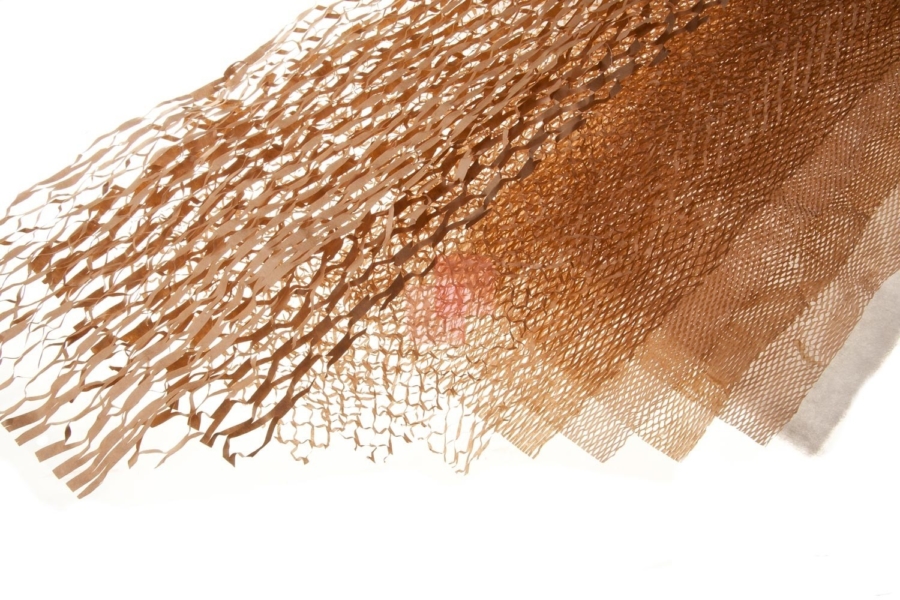
The Cardboard Framed Panel Filter with Columbus® High Capacity 2M filter consists of the following layers, in the direction of Air Flow:
- HC (High Capacity)
- HC+ (Reverse High Capacity)
- HC (High Capacity)
- L (Large Layer)
- Lx (Large Crossed Layer)
- Lx+ (Large Crossed Layer)
- S (Small Layer)
- MM (Mini-Mesh Layer)
- MM (Mini-Mesh Layer)
- MM (Mini-Mesh Layer)
Efficiency & Holding
Overspray collectors are not commodity items and all do not perform equally well on every coating. Specific types of coatings require certain collector designs and performance levels.
The four primary categories used to assess the overall effectiveness of a particular overspray collection system are as follows:
EFFICIENCY (formally known as “arrestance efficiency” or “weight arrestance”)
The average percentage of particulate extracted or collected from the exhaust air. The higher the collector efficiency, the cleaner the exhausted air and spray booth ducts, fan, neighboring properties, plant roof, etc. Higher efficiency lowers booth maintenance costs and, with less buildup, greatly reduces the chance of a duct fire.
AIRFLOW RESISTANCE
The measure of resistance encountered by the particulate-laden air as it passes through the collector. (Generally it is stated in inches of water column, the static pressure required to draw air through the filter.) As the collector begins to load, the resistance increases. The velocity of the air through the booth also influences the initial resistance figures and, therefore, the holding capacity and service life. The importance of proper airflow in overspray collection cannot be overemphasized. The uniformity of airflow and increased efficiency minimizes the amount of overspray deposited where it is not wanted – in difficult to clean areas within the booth, inside of the exhaust duct, on fan blades, plant roof, neighboring properties, parked cars, etc.
HOLDING CAPACITY
The amount (weight) of overspray a collector will hold before its resistance to airflow becomes prohibitive. A collector should be able to hold overspray throughout its entire depth, which is referred to as depth loading.
SERVICE LIFE
The length of time a collector performs effectively in terms of hours or shift periods before the resistance to airflow becomes prohibitive.
—
The performance of the product described in this page varies and is characteristic of each individual installation; it must therefore be measured on the system.
As a guideline, we provide some experimental data:
|
Coating Type
|
Efficiency
|
Holding Capacity
|
|---|---|---|
| Bake-dry Enamels | N/A - 92.13 % | N/A - 8.8 kg/m² |
| Oven cured waterborne enamels | N/A - 97.69 % | N/A - 9.5 kg/m² |
Product Line Applications
Rating Legend
- 5 Excellent Performance
- 4 Very good Performance
- 3 Good Performance
- 2 Moderate Performance
- 1 Not Usually Recommended
|
Coating Type
|
Rating
|
|---|---|
| Adhesives | 4 |
| Air-dry Enamels | 5 |
| Asphalts | 4 |
| Bake-dry Enamels | 4 |
| Clear Coats | 3 |
| Epoxies | 4 |
| Fiberglass | 4 |
| Frit | 4 |
| Gel Coats | 4 |
| Glazes - Fillers | 4 |
| High Solids - Enamels | 3 |
| Lacquers - Nitrocellulose | 3 |
| Oven cured waterborne enamels | 4 |
| Primers - Air Dry | 4 |
| Sealers | 3 |
| Stains | 4 |
| Tar-like Coatings | 4 |
| Teflon | 4 |
| Urethanes | 4 |
| Vinyls | 4 |
| Waterbornes | 4 |
